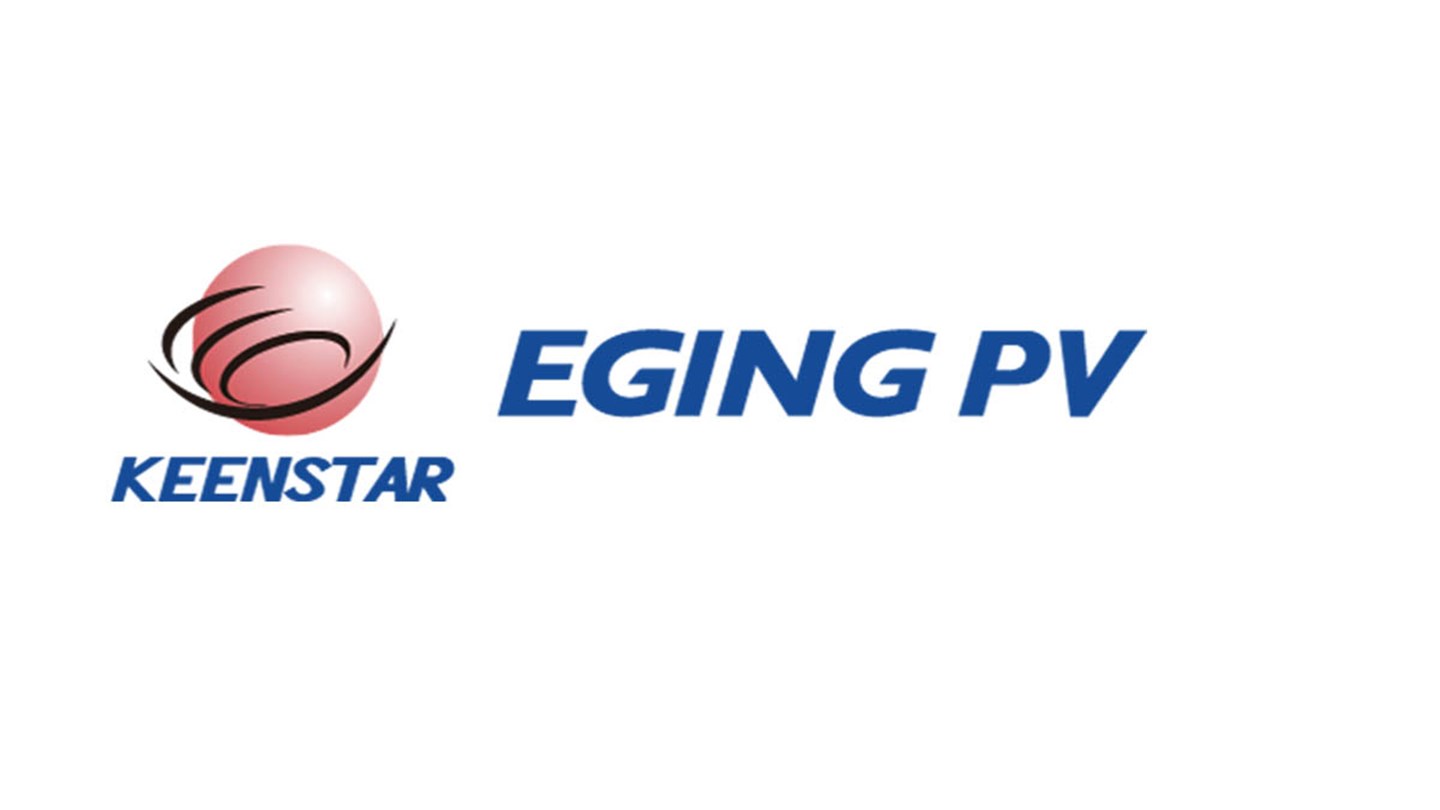Risen RSM108-9-440N review
440W claimed power output. Priced at $200.

Good points
Bad points

Unlock our expert review and more
- Reviews and ratings you can trust
- Easy side-by-side comparison
- Recommended products at a glance
-
Type
View more details.
Monocrystalline: The typical black panel used in most current domestic installations.
Monocrystalline PERC: A higher efficiency technology found in some panels. See our buying guide for more information.
Bifacial: Has solar cells on both faces, i.e. front and back. These can be mounted as usual, with the front facing the sky and the back face picking up extra reflected light from the roof, or mounted vertically (e.g. to face east and west for morning and afternoon sun).
- Monocrystalline
-
Recommended
View more details.
We recommended solar panels that score at least 80% overall. These are the ones that perform closest to their claimed nominal power, and show good manufacturing quality.
-
CHOICE Expert Rating
View more details.
This overall score is based on a combination of the power output score (85%), electroluminescence score (5%), wet leakage score (5%) and visual inspection score (5%).
-
Power output score
View more details.
A score out of 100 based on how close the tested panels come to their claimed power output. 100 indicates the panel exceeded its claim, 80 means it was as per its claim, and lower scores indicate it fell short to some extent. See 'How we test solar panels' for details.
-
Electroluminescence score
View more details.
The electroluminescence test uses infrared photography to find hidden microcracks and other faults in the panels. 100% = all three panel samples passed; 66% = one sample failed; 33% = two samples failed; 0% = all three samples failed.
-
Wet leakage score
View more details.
We test the panels for resistance to moisture penetration in wet conditions (rain, dew etc). If moisture can get in, then damage and electrical hazards can follow.
-
Visual inspection score
View more details.
This score is based on a thorough inspection of the solar panel under bright light, looking for any defects and damage.
-
Passed PID test
View more details.
PID (Potential Induced Degradation) is a stress test in high heat and humidity and under high voltage load. Failure indicates poorer manufacturing quality and an increased chance of the panel failing in real world conditions. This test was not conducted for more recent batches as most panels pass, and it's an expensive test.
-
Measured power output (W)
View more details.
The average power output in watts, under standard test conditions in the lab, of the three tested samples of this panel.
-
Availability
View more details.
These models can't be found in retailers or online or are no longer manufactured. You may still find these models on second hand websites, or in second hand dealers. Test methods may change over time, so criteria which can't be directly compared will contain an N/A.
-
Price
View more details.
Price per panel at time of testing. Actual prices can vary significantly between suppliers – you need to compare costs of whole systems and installation, not just the panels. NA = not available (some tested panels are not obtainable individually and were borrowed from suppliers).
- $200
-
Claimed power output (W)
View more details.
The claimed power output for the panel under standard lab conditions. The higher the number, the more electricity you'll get from the panel. See our buying guide for an explanation.
- 440
-
Claimed power tolerance
View more details.
This is how much you should be able to expect individual samples to vary from the panel's power rating.
- 0 to +3%
-
Efficiency (%)
View more details.
The manufacturer's claimed efficiency for the panel – its electricity output (in watts) compared to its surface area. The bigger the number, the better. See our buying guide for details.
- 22.5
-
Dimensions (cm, L x W)
View more details.
The size of the panel (length x width in cm).
- 172.2 x 113.4
-
Product warranty
View more details.
The warranty for the panel itself, covering repair or replacement if the panel is faulty. 12 years is the typical minimum, but some brands have increased these warranties to 25 or 30 years (in some cases conditional on the panels being installed by one of their approved installers).
- 25 years
-
Performance warranty
View more details.
The number of years for which a certain level of performance is guaranteed (typically warranting that the panel will still produce at least 80% of its claimed power rating at the end of this period and will degrade in a predictable linear fashion).
- 30 years
-
Claimed power output at end of performance warranty
View more details.
The claimed percentage of the original rated power output that the panel should still be delivering at the end of the 25-year performance warranty. The higher the number the better.
- 87.4
-
Warranted performance degradation per year
View more details.
The claimed rate at which the panel's performance will degrade over the 25-year performance warranty period.
- 1% for first year, 0.40% pa afterwards to 30th year
-
Country of origin
View more details.
Most brands have one manufacturing centre, but some have factories in multiple countries.
- China
-
Operating temperature range
View more details.
The claimed range of temperature in which the panel can operate.
- -40°C to +85°C
-
Temperature coefficient
View more details.
How well the panel responds to higher temperatures, shown as a percentage change in power output per degree Celsius. The hotter a solar panel gets, the less efficient it becomes. The lower this number, the better, especially in hot climates.
- -0.30%/°C
-
AC or DC
View more details.
Whether the panel outputs electricity as Alternating Current (AC) or Direct Current (DC). See our buying guide for more details.
- DC
- Website
- risenenergy.com.au





